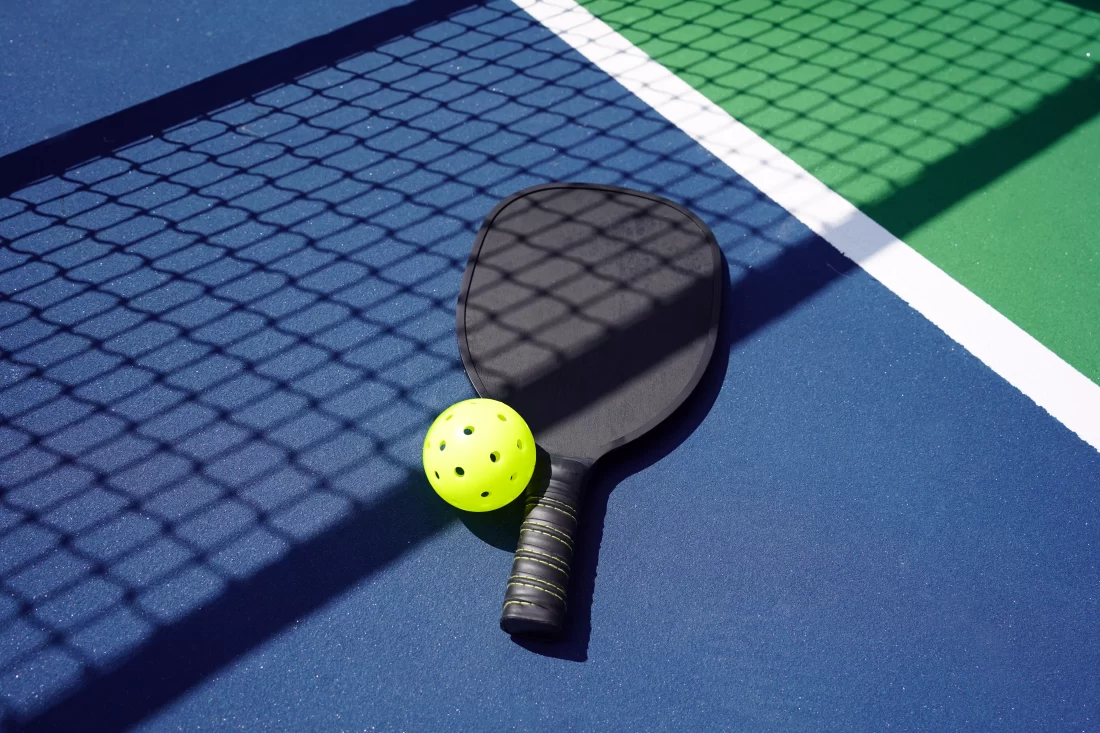Introduction to Pickleball
Pickleball, often regarded as one of the fastest-growing sports in America, draws enthusiasts of all ages and backgrounds. Many people are drawn to this exciting yet approachable sport because of its distinctive fusion of features from table tennis, badminton, and tennis. Set against a leisurely afternoon or a competitive evening match, pickleball provides a vibrant community atmosphere where individuals can mingle, compete, and ultimately, have fun. For those looking to dive deeper into this sport, constructing a pickleball court at home might be enticing. While curious about the specifics, many wonder about the cost to build a pickleball court. Understanding this investment adds value to your residence and enriches social interactions with neighbors and friends.

Playing pickleball requires minimal gear: only a paddle, a net, and a ball. Its simplicity and inclusivity make it ideal for intimate family gatherings and significant neighborhood events. The beauty of having your court is that the game is always ready and waiting for energizing daily exercise or weekend tournaments. Delight in every stroke and serve, knowing you’ve crafted a personal haven for relaxation, fitness, and friendship.
Essential Materials and Tools
Gathering the necessary materials and tools is the foundational step in building your pickleball court. The paddles and balls are at the core of any game and come in various designs to suit different play styles. A durable net system that can withstand seasons of use is also essential. Moving beyond play gear, selecting the right surface materials is crucial. Depending on your climate, concrete or asphalt might serve as the base, enhanced with slip-resistant coatings for safety.
Moreover, quality measuring tools are essential for precisely marking lines and court boundaries. Investing in paints designed specifically for outdoor courts will ensure your lines remain bright and visible amid changing weather conditions. With all the essential components, you’re one step closer to bringing your backyard pickleball dream to life.
Essential Steps to Build a Pickleball Court
- Determine the size of your court— The official size for a pickleball court is 20 x 44 feet, which guarantees ample space for both singles and doubles play.
- Plan the layout and mark boundaries— Once you’ve committed to a site, use quality markers or chalk lines to outline the court, ensuring accuracy and symmetry.
- Prepare the foundation surface— Whether laid with concrete, asphalt, or a synthetic alternative, creating a flat and stable base is imperative. Add a net system that meets regulation standards for height and resilience.
- Consider landscaping tips—To make your court a focal point of your yard, consider landscaping tips that introduce greenery, such as shrubs or benches, which provide aesthetic appeal and comfort.
- Ensure the surface is smooth and appropriately painted— Properly painted lines and smoothness enhance play and the court’s durability and overall playing experience.
Safety Considerations
While playing pickleball is exhilarating, prioritizing safety is critical. Ensure that the playing surface remains clean and free of debris that might cause slips or trips. For added protection, install a perimeter fence around the court. Fencing provides a barrier that prevents the ball from straying too far and protects the playing area from vehicles or pedestrians.
Furthermore, consider lighting if you anticipate playing during the evening. Proper illumination enhances visibility and elevates the entire playing experience, allowing games to continue safely after sunset.
Picking the Right Location
Finding the right spot for your pickleball court is as important as building it. Ideally, choose a level location that is easy to construct and play in. It should also be conveniently accessible, ensuring hassle-free entry and exit for you and your guests.
Consider how shielded the spot is from wind, as strong gusts can disrupt play. For more insights into creating a welcoming and practical setting, explore landscape design basics, which can help




